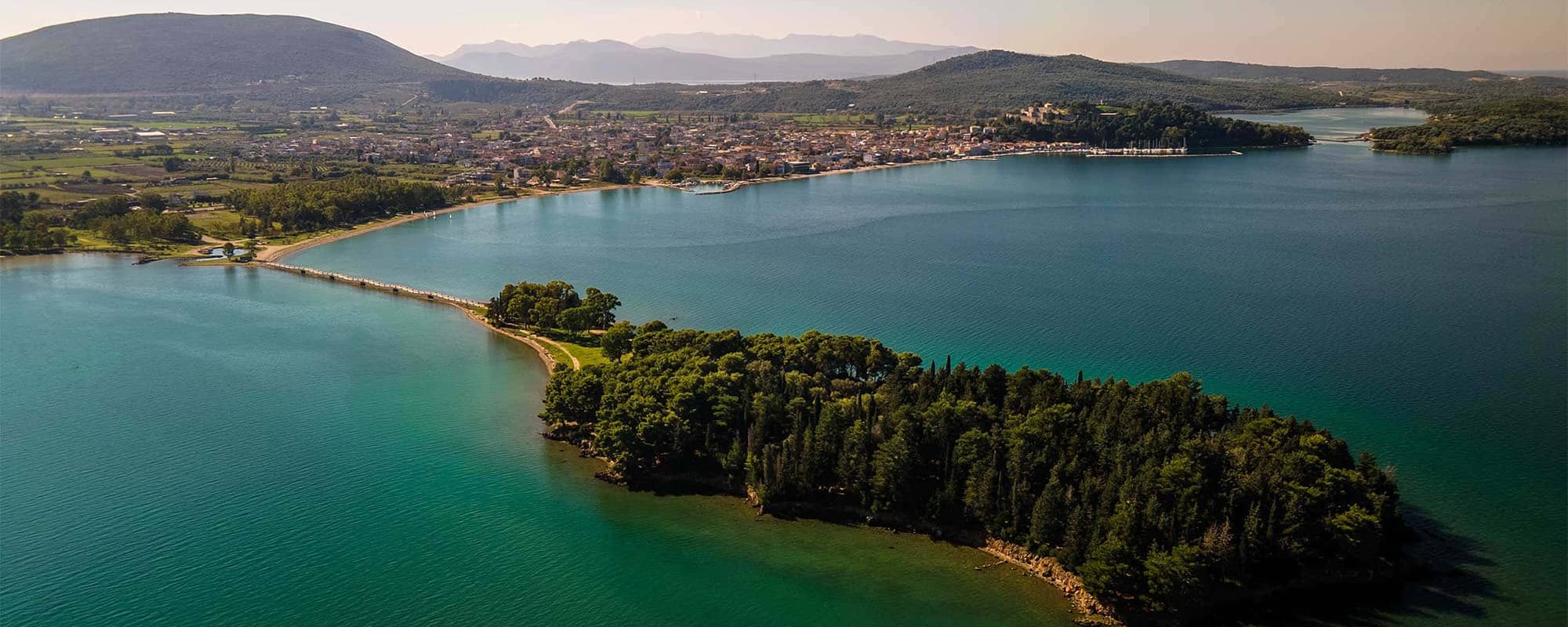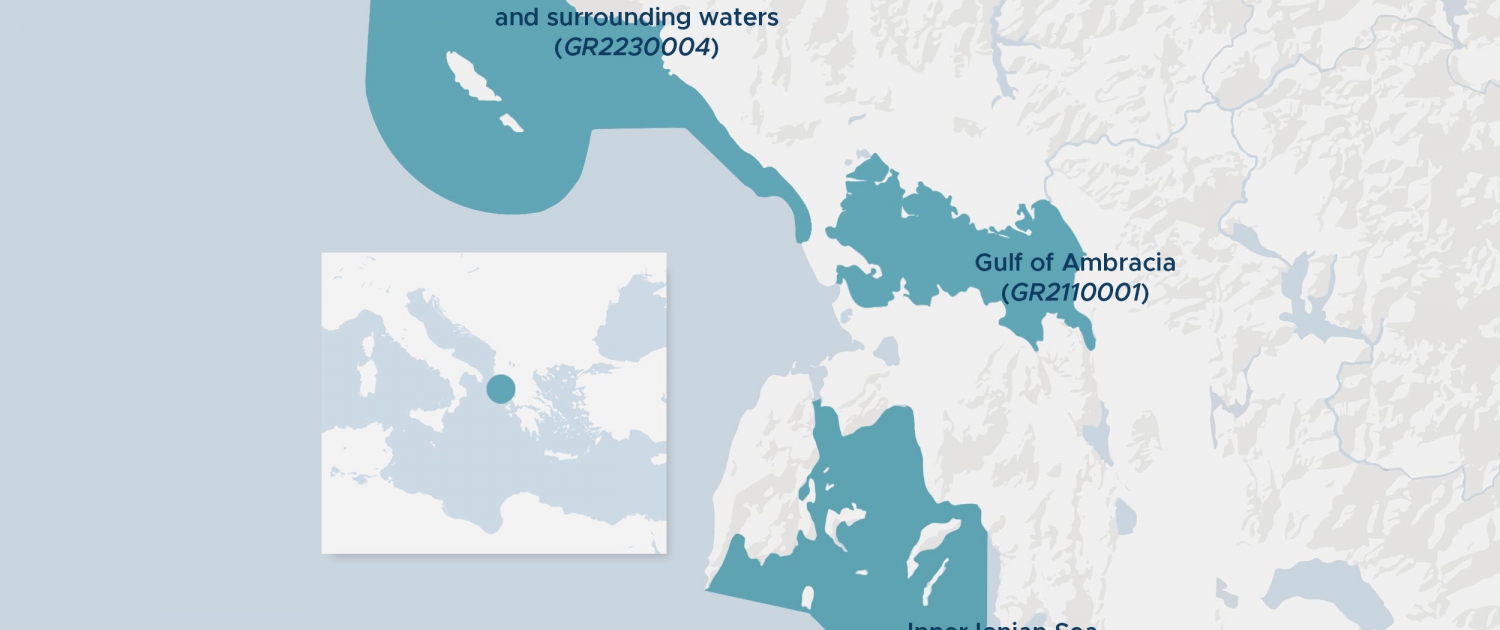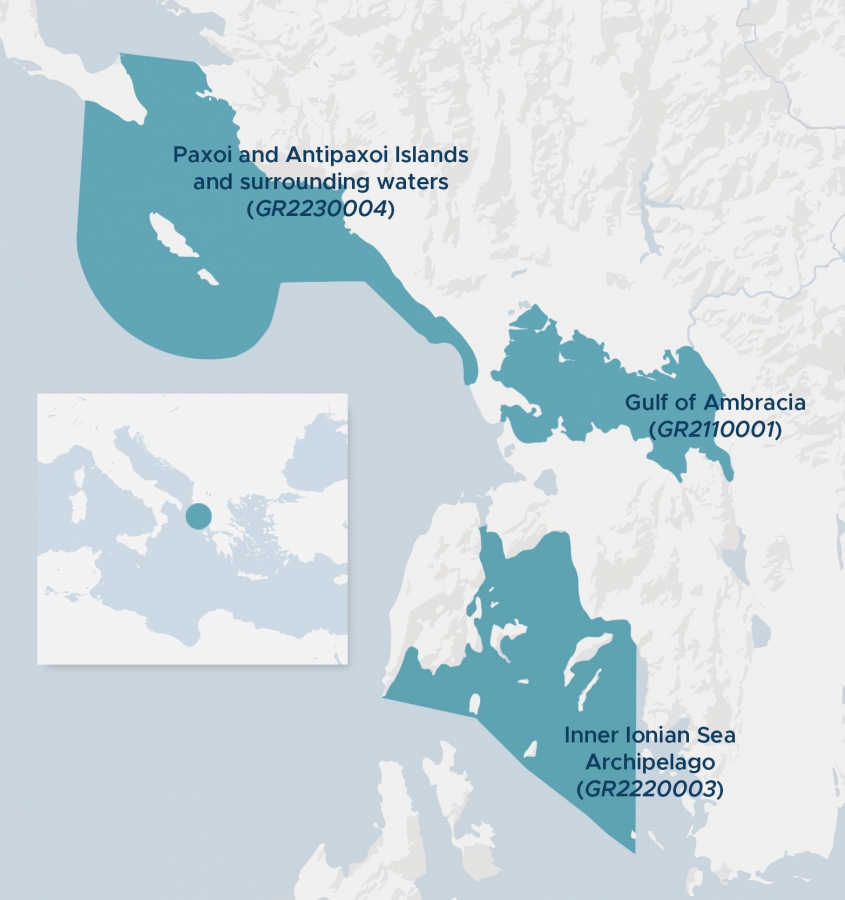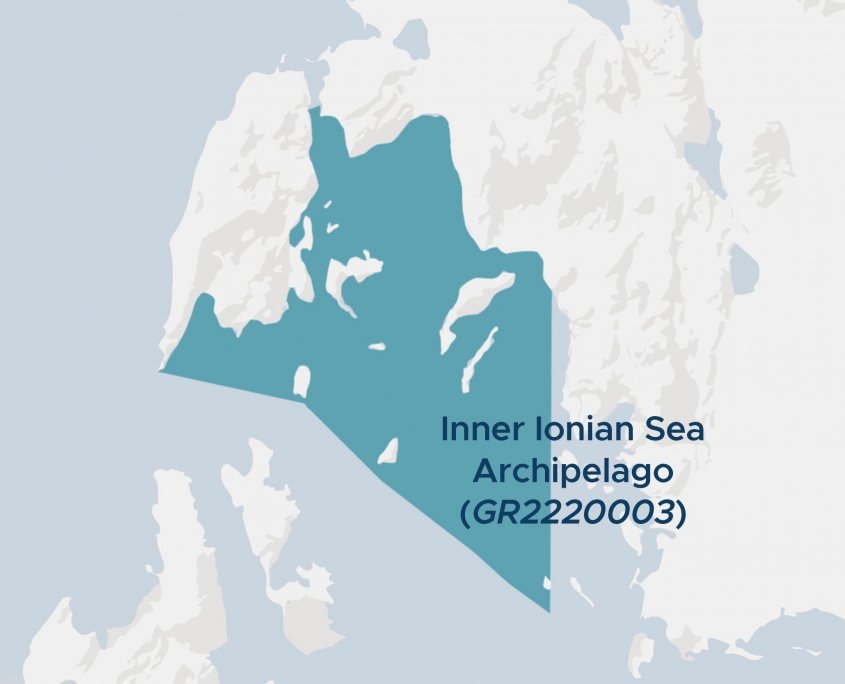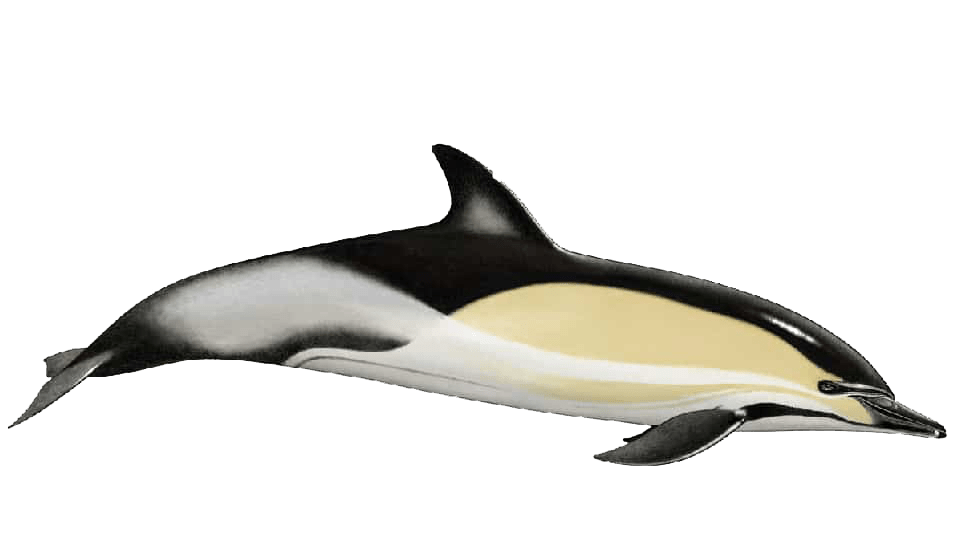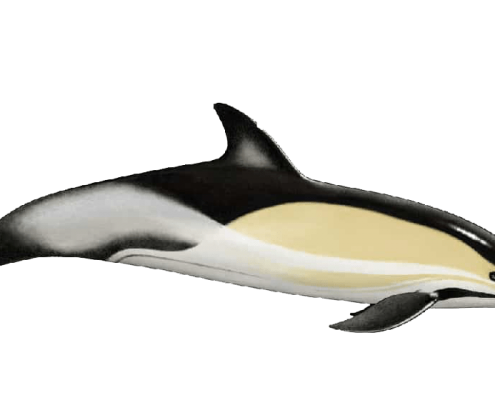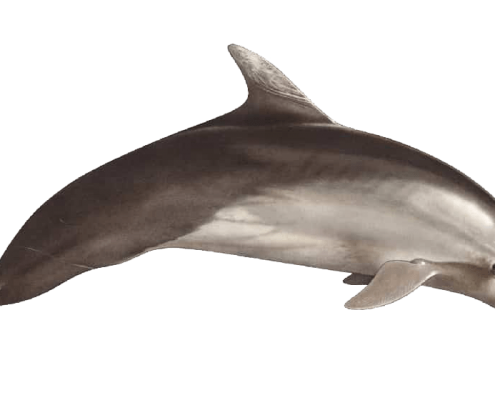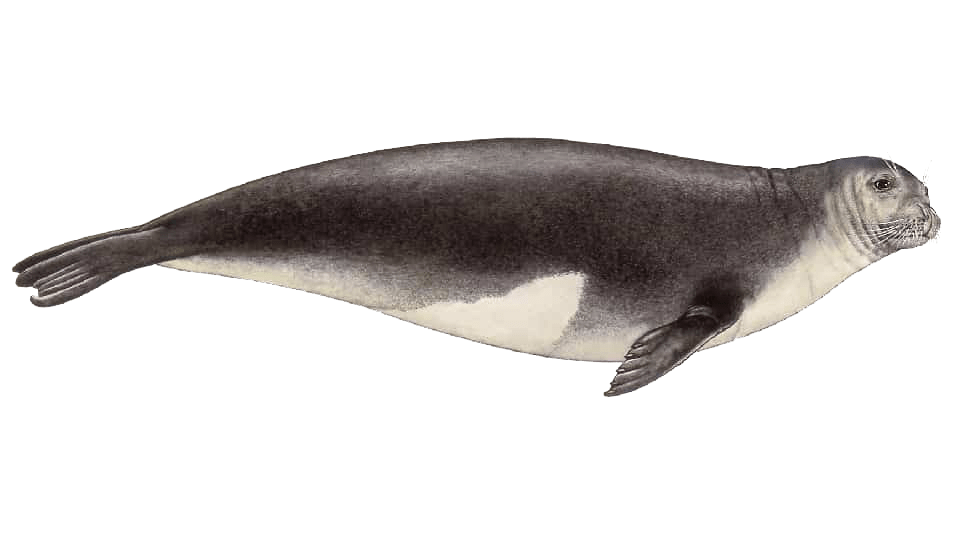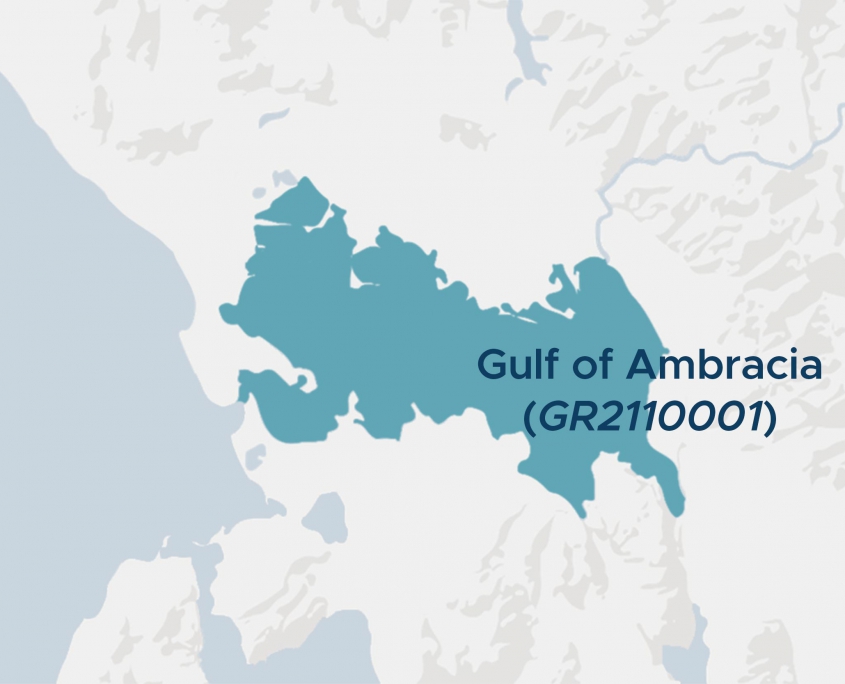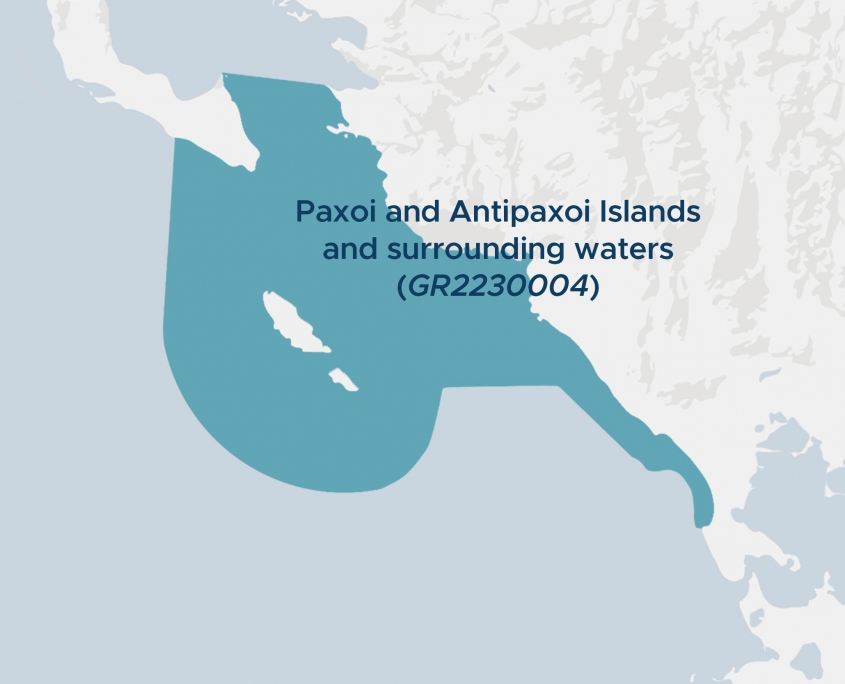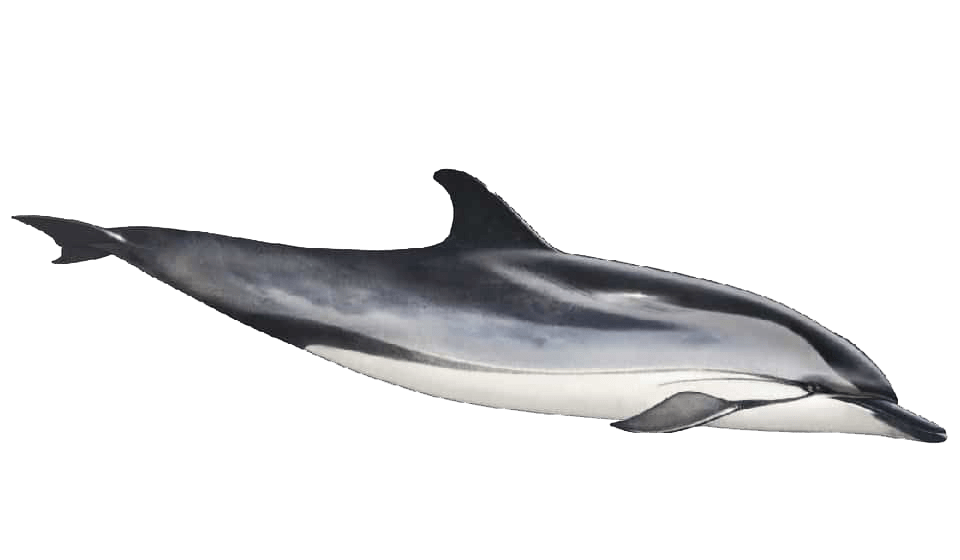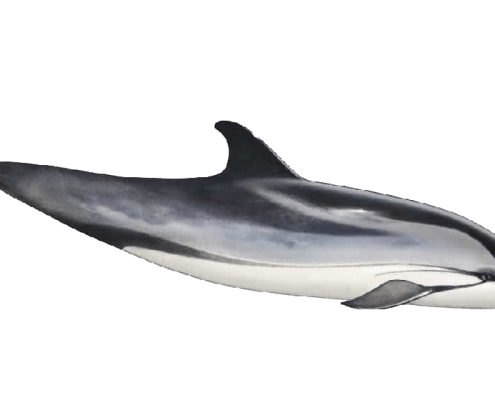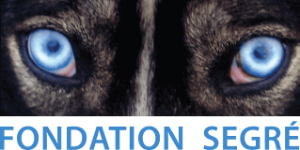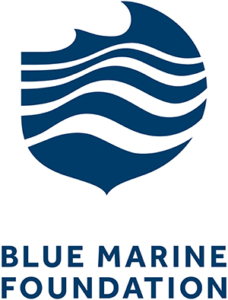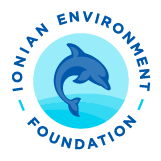This is the most recent incorporation to our research efforts, where bottlenose, common and striped dolphins are regularly present, and monk seals are occasionally sighted.
Preliminary data opportunistically gathered during the past few years suggest that the waters beyond the limits of the Inner Ionian Sea Archipelago, especially the waters around the islands of Paxoi and Antipaxoi, are of strong interest due to the regular presence of both bottlenose and common dolphins. Therefore, from 2020 dolphin monitoring efforts outside of the Gulf of Ambracia are not exclusively concentrated within the limits of the Inner Ionian Sea Archipelago but also further north.
The Paxoi and Antipaxoi islands and surrounding waters, a Natura 2000 Area with an extension of about 1,355 km2, consists of a group of calcareous islands and islets which are characterized by rocky and eroded coasts and of all their surrounding territorial sea area, including the waters around south Corfu and off the neighbouring west mainland coasts. The vast majority of the site’s sea area consists of shallow (<200 m) waters inhabited by both bottlenose and common dolphins. West of Paxoi-Antipaxoi Islands, the depth increases rapidly offering appropriate habitat for slope and pelagic cetacean species. Groups of striped dolphins are frequently observed in these deeper waters. Other species that may be using the area are the Cuvier’s beaked whale (Ziphius cavirostris) and the fin whale (Balaenoptera physalus). The Risso’s dolphin (Grampus griseus) is also likely to cross the area according to strandings of this species that have occurred in the wider zone. Mediterranean monk seals are occasionally reported, especially around the numerous caves present in the western side of Paxoi island.

